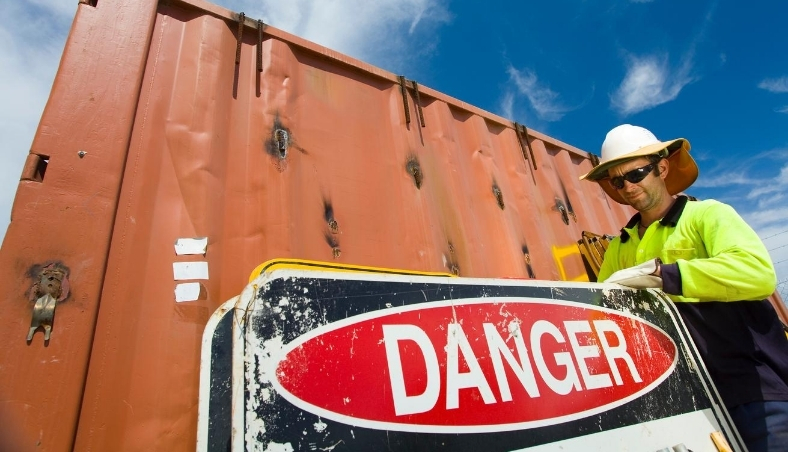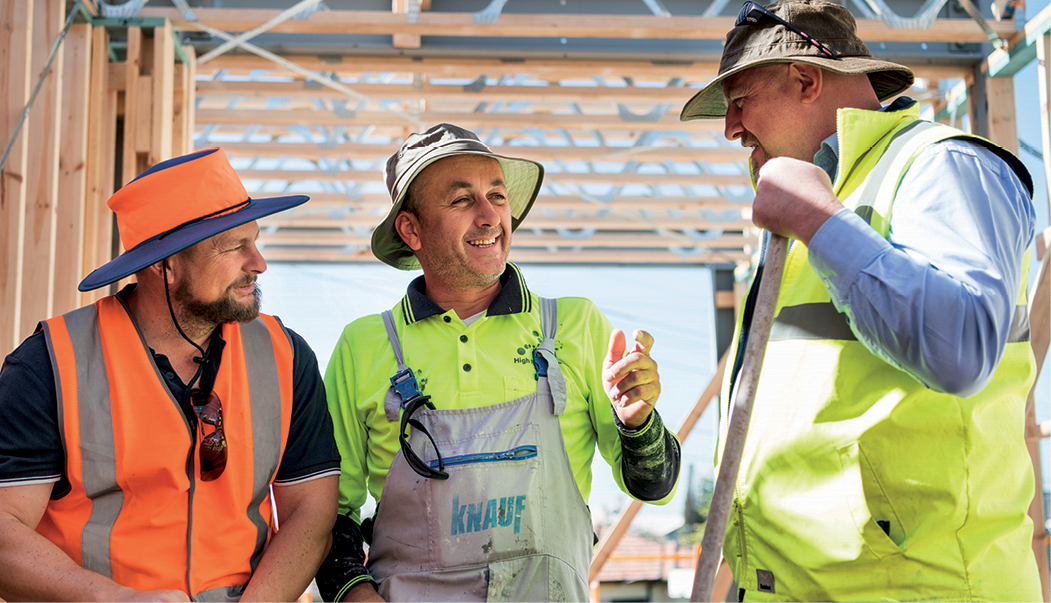The workplace is a major source of exposure for many Australian adults, with outdoor workers receiving up to ten times more ultraviolet (UV) radiation exposure compared to indoor workers. UV radiation is present anytime there is daylight. Both high intensity and low intensity UV radiation exposure is linked to an increased risk of skin cancer. Each dose of UV received, builds up, accumulating over the lifetime.
It is not surprising that outdoor workers who are required to spend long periods of time working in the sun, year after year, have a higher-than-average risk of skin cancer.
Under Australian work health and safety legislation, employers must take steps to reduce this risk and protect workers from overexposure to UV radiation. Implementing comprehensive sun protection measures at work, can prevent sun-related injuries and reduce the suffering and costs associated with skin cancer – including reduced productivity, morale and financial returns.



